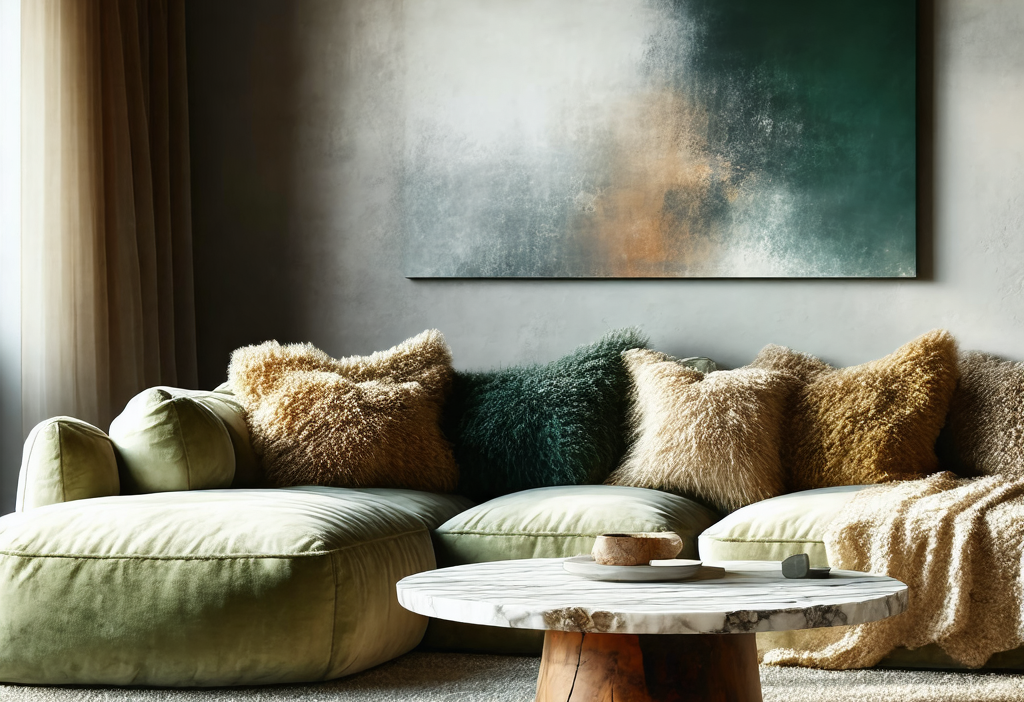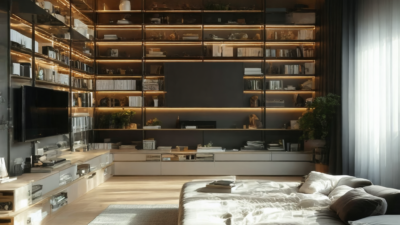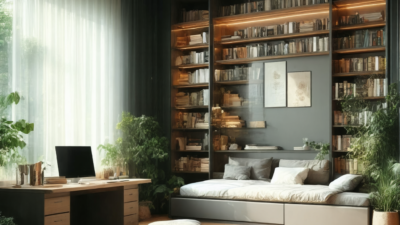The Art of Layering Textures in Modern Interior Design
When it comes to modern interior design, texture plays a pivotal role in creating spaces that feel both inviting and visually interesting. The art of layering textures is not just about adding layers; it’s about crafting an environment that engages the senses and tells a story. In this blog post, we’ll explore how you can master the technique of layering textures to transform your home into a sanctuary of comfort and style.
Why Layering Textures Matters
Layering textures is more than just a design trend—it’s a fundamental principle that brings depth and dimension to any space. By combining different materials, you create visual interest and tactile appeal, making your home feel warm and inviting. Whether it’s the smoothness of marble, the softness of velvet, or the roughness of exposed brick, each texture contributes uniquely to the overall ambiance.
Think of your space as a canvas. Just like an artist layers paint to create depth, you can layer textures to achieve a similar effect. This technique allows you to balance bold elements with softer ones, creating harmony and contrast that make your home truly special.
How to Start Layering Textures
If you’re new to the concept of layering textures, start by identifying the dominant surfaces in your room. For example, if you have smooth hardwood floors, consider adding a plush area rug with a contrasting texture. This immediately adds warmth and visual interest.
- Start small: Introduce one new textured element at a time to avoid overwhelming the space.
- Experiment: Mix materials like wood, metal, fabric, and stone to create dynamic contrast.
- Balance: Ensure there’s a balance between hard and soft textures to maintain a cohesive look.
A great example is pairing a sleek, minimalist coffee table with a chunky knit throw. The juxtaposition of smooth surfaces and soft fabric creates an inviting atmosphere that feels both modern and cozy.
Choosing Complementary Textures
Not all textures work well together, so it’s important to choose complementary materials. Consider the following combinations:
- Smooth + Rough: Combine polished surfaces like marble with textured elements like exposed brick or sisal rugs.
- Soft + Hard: Pair velvet upholstery with metal accents for a contrast that feels both luxurious and industrial.
- Natural + Man-made: Mix natural fibers like jute or wool with sleek, synthetic materials like acrylic.
When in doubt, opt for textures that share similar tones but differ in touch. For instance, a neutral-colored velvety sofa paired with a smooth leather pouf creates a harmonious yet dynamic look.
Add Depth with Decorative Accents
Decorative accents are the perfect way to introduce additional textures without making major changes to your space. Consider adding:
- Textured Pillows: Velvet, linen, or embroidered cushions add a pop of texture and color.
- Rugs: A well-chosen rug can anchor the room while introducing a new texture underfoot.
- Wall Art: Canvas prints or tapestries with varied textures can serve as striking focal points.
Don’t forget about less obvious elements like lampshades, tableware, and even book covers. Each of these small details contributes to the overall texture palette of your room.
Balancing Warmth and Structure
A successful layered design balances warmth with structure. Think of it as creating a dialogue between soft, inviting textures and hard, architectural elements. For example:
- Warm Textures: Velvet, wool, and linen bring comfort and softness to the space.
- Cool Textures: Glass, metal, and marble add a sense of structure and modernity.
By blending these elements, you create a space that feels both grounded and elevated. It’s about finding the right equilibrium that reflects your personal style while providing visual interest.
Incorporating Natural Elements
Natural materials like wood, stone, and plants bring an organic element to any design. They offer texture in their grain patterns and tactile surfaces, making them ideal for layering. For instance:
- Exposed Wood Beams: Add a rustic touch while introducing vertical texture.
- Stone Accents: Use smaller stone elements as decorative accents or in fireplaces.
- Plants: Potted plants not only add greenery but also introduce organic textures through their leaves and stems.
Natural elements connect your space to the outside world, creating a sense of calm and grounding.
The Role of Lighting in Textured Spaces
Lighting plays a crucial role in highlighting textures. Consider how light interacts with different surfaces:
- Natural Light: Maximizes the visibility of textures, especially during daylight hours.
- Task Lighting: Spotlights or table lamps can highlight specific textured elements.
- Ambient Lighting: Soft overhead lighting ensures all textures are visible without harsh shadows.
Experiment with different light sources to see how they enhance the textures in your space. A well-lit room will showcase your layered design to its fullest potential.
Conclusion
Mastering the art of layering textures is a transformative approach to interior design that can elevate any space. By thoughtfully combining materials and balancing elements, you create a home that feels as good as it looks. Remember, texture is not just visual—it’s an experience. Start experimenting today and watch your living spaces come alive with warmth and character.





